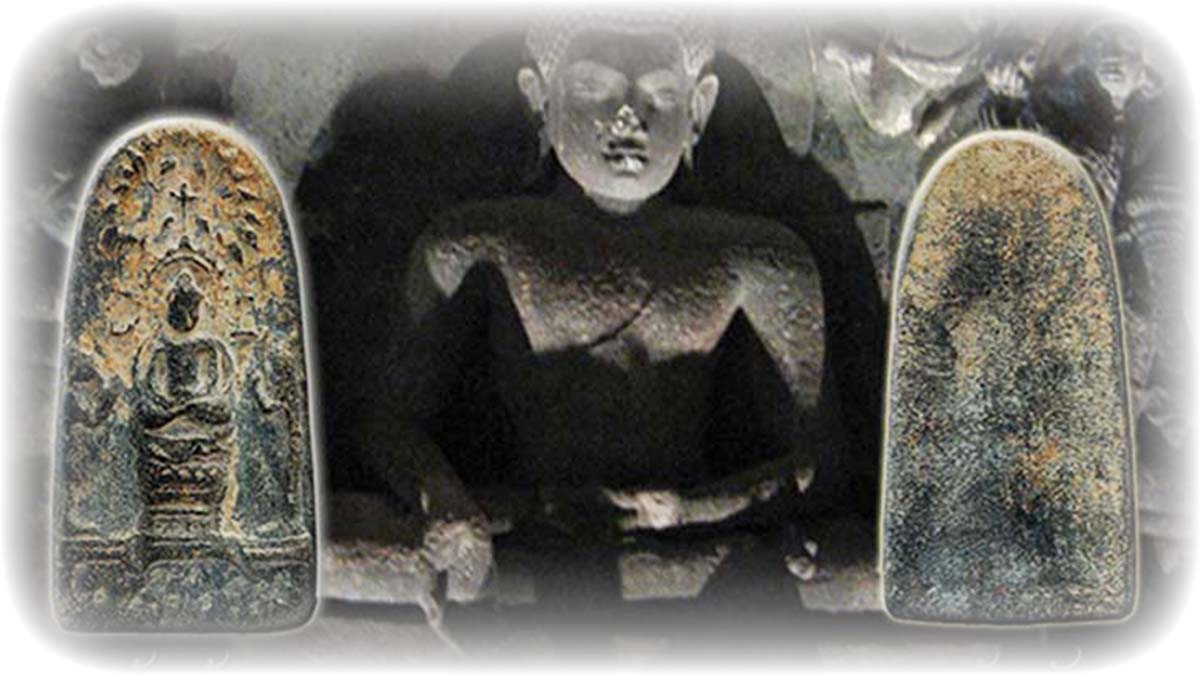Who is Nang Kwak?
Nang Kwak, a familiar figure in Thailand, captivates the attention of locals with her distinctive pose. She is often seen seated on the floor, legs to the side, wearing a Sabai garment, and displaying a raised right hand that appears to beckon customers. This beckoning posture, believed to attract customers, has become an emblematic feature of Thai culture, occupying prominent positions in various establishments such as restaurants, grocery stores, fresh markets, and shopping malls. While many Thais are familiar with the statue, how much do we truly know about the historical background and significance of this revered figure?
Thai beliefs and cultural practices have been significantly influenced by Indian literature, including the Ramayana and stories from Buddha's lifetime. The tale of Nang Kwak traces back to a woman named Supawadee, also known as Subhavadi, who was the daughter of Suchit Brahma and Sumontha. Residing in a small town near Sawadtii province in ancient India, Supawadee's family engaged in trading, earning a modest income that sustained their daily lives. On one occasion, Supawadee accompanied her parents on a trading venture, where she had the fortune of hearing sermons delivered by two Arahant monks: Phra Gumarn Gasaba Thera and Phra Gumarn Siwalee Thera. Arahants are revered monks who have achieved enlightenment and gained insight into the true nature of existence.
Supawadee listened intently to these sermons, her undivided attention leading to profound insights. Impressed by her faith and devotion, both Arahant monks blessed her and her family with good fortune and success in their trade. As a result, Supawadee's family business flourished, and her parents recognized her as a harbinger of prosperity and continuously sought her presence during their trading ventures. Following Supawadee's passing, local villagers constructed statues in her honor, turning to her for blessings and favorable outcomes in their businesses. This enduring belief has since permeated Thai culture and gained widespread popularity.
Furthermore, Nang Kwak's origin finds its roots in the ancient motto of Thailand, which acknowledges the existence of spirits and ghosts. This notion is evident in a chant that mentions Nang Kwak as the daughter of Phu Jao Khao Khiaw, also referred to as the "Grandfather Lord of the Green Mountain." The chant recounts her popularity among both men and women, her widespread renown throughout the districts, and the affection bestowed upon her by all who encountered her. The chant also contains vivid imagery of prosperous trade, affirming that anyone accompanying her on business trips would experience substantial profits, whether dealing in rings, money, or gold.
The story of Phu Jao Khao Khiaw and Nang Kwak further emerges in the Lop Buri Folk tale, as depicted in King Rama 1's version of the epic Ramakian. This narrative involves an Asura demon named Tao Kok Khanak, known as the giant, who was a close associate of Pu Chao Khao Kheow or Tao Panasabodee, the god ruling over the forest and areas abundant with wild plants. The giant transformed into a powerful demon, preying on humans. Phra Ram, the hero of the Ramayana, was compelled to confront and subdue him, banishing him from Langka, ancient India, to the Phra Jan mountain in Lop Buri, Thailand. Though immobilized on the mountaintop, the giant's curse weakened every three years when the arrow embedded in his chest loosened. The curse was said to be lifted only when his daughter, Nong Prajan or Phra Jan, wove a monk's robe (Civara) from lotus petals and offered it to Phra Sri Ariya Medtrai (Maitreya), the future Buddha. Consequently, the daughter, burdened with caring for her father and weaving the robe, faced difficult times and endured destitution, ostracized by many due to her relation to the giant. However, when Phu Jao Khao Khiaw learned of her plight, he extended his compassion by sending his daughter, Nang Kwak, to accompany her. Nang Kwak's intervention brought about a transformation, as merchants and people empathized with her circumstances and extended financial support, leading to her improved livelihood and prosperity.
Intriguingly, an intriguing practice associated with Nang Kwak involves offering red water to her statue. The color red is believed to symbolize blood, serving as a sacrificial offering. Additionally, red is considered a potent color, evoking feelings of strength and empowerment. Some theories propose that the tradition of red water originates from the past, where red-colored water enhancers were mixed with drinking water for a refreshing experience. Over time, the idea of using red water as an offering to idols emerged, eventually transitioning to the use of red beverages, which are readily available.
Despite the ambiguous origins surrounding Nang Kwak, many Thai individuals place their trust in such sacred icons, finding solace and security in their worship. In Thai shops, Nang Kwak is commonly positioned on a shelf, accompanied by offerings of red beverages and flower garlands. The belief persists that Nang Kwak's blessings, coupled with one's diligent efforts, can lead to enhanced business prosperity, reinforcing the conviction that her divine power can augment success in various endeavors.
Subscribe to:
Posts (Atom)



